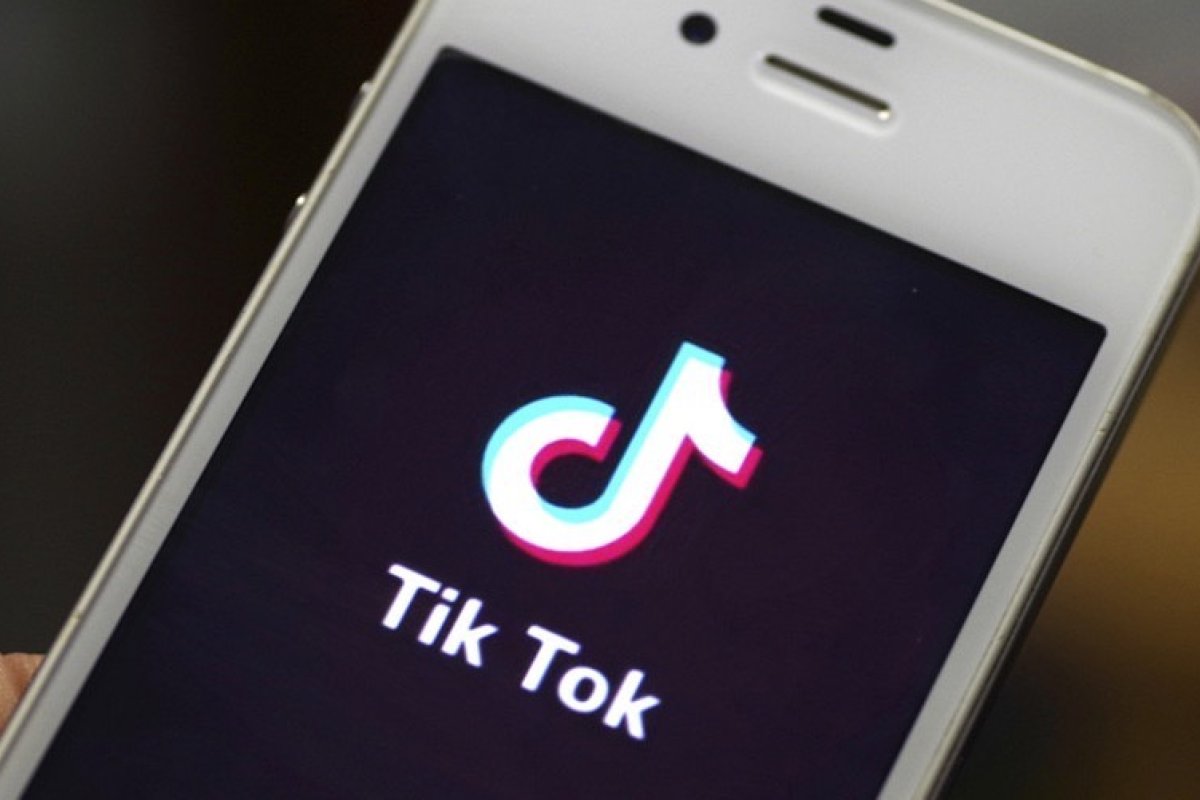
TikTok and Cultural Criticism
The democratization of social commentary
By Brian BrittOctober 1, 2020
A young man’s mother, wearing a hijab, interrupts his recitation of the explicit song “WAP" to chide him; the caption reads, “I wish you knew a single verse from the Quran you dumba$$.” In another video, a young woman holding the Book of Mormon declares “If you’re going to call us a cult you better put ‘of Jesus Christ’ in front of it,” singing to the tune of “The Cult of Dionysus” by The Orion Experience. Citing the 1936 Olympics in Munich, another woman using the hashtag “#jewish” advocates a boycott of the 2022 Beijing Olympics for China’s treatment of Muslims. This sample of religiously-themed TikTok videos captures the mix of popular culture, humor, and politics available on a social media sensation made popular by children making dance videos of themselves. With over a billion users around the world, TikTok now contains multitudes of perspectives ranging from silly to serious, ingratiating to defiant, personal to corporate. World leaders, activists, and corporations have begun taking TikTok very seriously. President Trump’s threat to ban TikTok may reflect a fear of free expression rather than the data security issues he cites. On matters of contemporary religion, TikTok may be democratizing the role of the cultural critic, sometimes with better results.
For those who don’t know, most TikTok videos run from 15 to 60 seconds and range wildly by topic and technique, clustering in groups that sometimes generate trends of imitators and genres. Dance “challenges,” which invite viewers to post their own version of specific choreography and music, helped establish TikTok’s popularity. Duets invite viewers to post side-by-side with an existing video, creating a dialogue or critical response. Viral trends share common scenarios, text, music, or cultural references, from pranks on family members and pets to raw documentation of political confrontation and acts of racism. In TikTok, viewers become creators and strangers become collaborators.
Although the content of TikTok is managed centrally, the real producers of TikTok are its diverse audiences, who customize their own “For You Page” selections by what they view, like, and follow. By contributing to and commenting on shared memes, trends, and genres, TikTok videos can engage in complex forms of critical commentary and public dialogue. Conflicts over face coverings, the Middle East, and racist violence have made TikTok a vehicle for change and reflection on serious matters. Videos labelled “#Death,” for example, have over 930 million views.
No less serious but far less complex, cultural critics tend to follow a formula that blossomed in the nineteenth and twentieth centuries: One Big Idea. From Matthew Arnold and Virginia Woolf to Christopher Lasch and Susan Sontag, cultural critics have named trends and shaped public debates, but they have embraced truisms and struggled to explain modern religious life. Like the print media where their work appeared, their influence has waned, and while this loss is regrettable, today’s media environment and sensibilities suggest such cultural criticism may soon be gone forever.
Cultural critics find religion particularly challenging. Consider one recent example: The essay “Tourists and Terrorists” from Roberto Calasso’s The Unnamable Present. Here Calasso, an author celebrated for his erudition and critical acumen, sums up contemporary culture by contrasting terrorists and tourists as complementary but opposing figures—“magnetic categories” (64). In aphoristic, grandiose terms, Calasso explains Islamic terrorism in part as a response to online pornography: “The secular world had invaded their mind with something irresistible, which attracted them and at the same time mocked and undermined them” (5). As foils to terrorists, Calasso’s tourists are secularists who want all the comforts of home but avoid places spoiled by tourism.
Calasso may be one of the last, best cultural critics of a particularly scholarly kind; he engages major thinkers and commands a wide range of sources. His binary of terrorists and tourists contains useful insights and leads to a discussion of digital culture, drawn largely from the bestselling cultural critic Yuval Harari. But treating terrorists and tourists as a giant, secular trend, he falls far short of recognizing the richness of human life, including religion, so well captured by TikTok. To cast this in the format of a current TikTok trend:
One: It’s the breathtaking generalizations for me.
Two: It’s explaining religious violence as the product of pornography for me.
One: It’s the random collection of citations to seem profound for me.
Two: It’s the conversion of misunderstood facts into categorical statements for me.
Cultural critics can no longer expect a mass audience for one big idea. Meanwhile, with staggering variety, TikTok stages debates within and across religious groups, from Muslims discussing the taste of bacon and demonstrating basketball skills to Christians quarreling over daily life, politics, and the culture wars. While TikTok faces cries of censorship when it removes some posts, its dizzying variety of playful and challenging content defies generalization. By its collective creativity, TikTok actually approximates the kind of mass cultural criticism theorized by another of Calasso’s role models, Walter Benjamin. As the self-critical cultural critic, Louis Menand, wrote recently, “The cultural critic’s conceptual enemy is the smoothing formula known as ‘the wisdom of the crowds.’” Today’s cultural criticism can’t keep up with the wisdom—or foolishness—of these crowds, certainly not as well as interactive social media like TikTok.
Photo courtesy of Imagechina via AP Images
Sightings is edited by Daniel Owings, a PhD Candidate in Theology at the Divinity School. Sign up here to receive Sightings via email. You can also follow us on Facebook and Twitter. The views and opinions expressed in this article are those of the author and do not necessarily reflect the position of the Marty Center or its editor.


